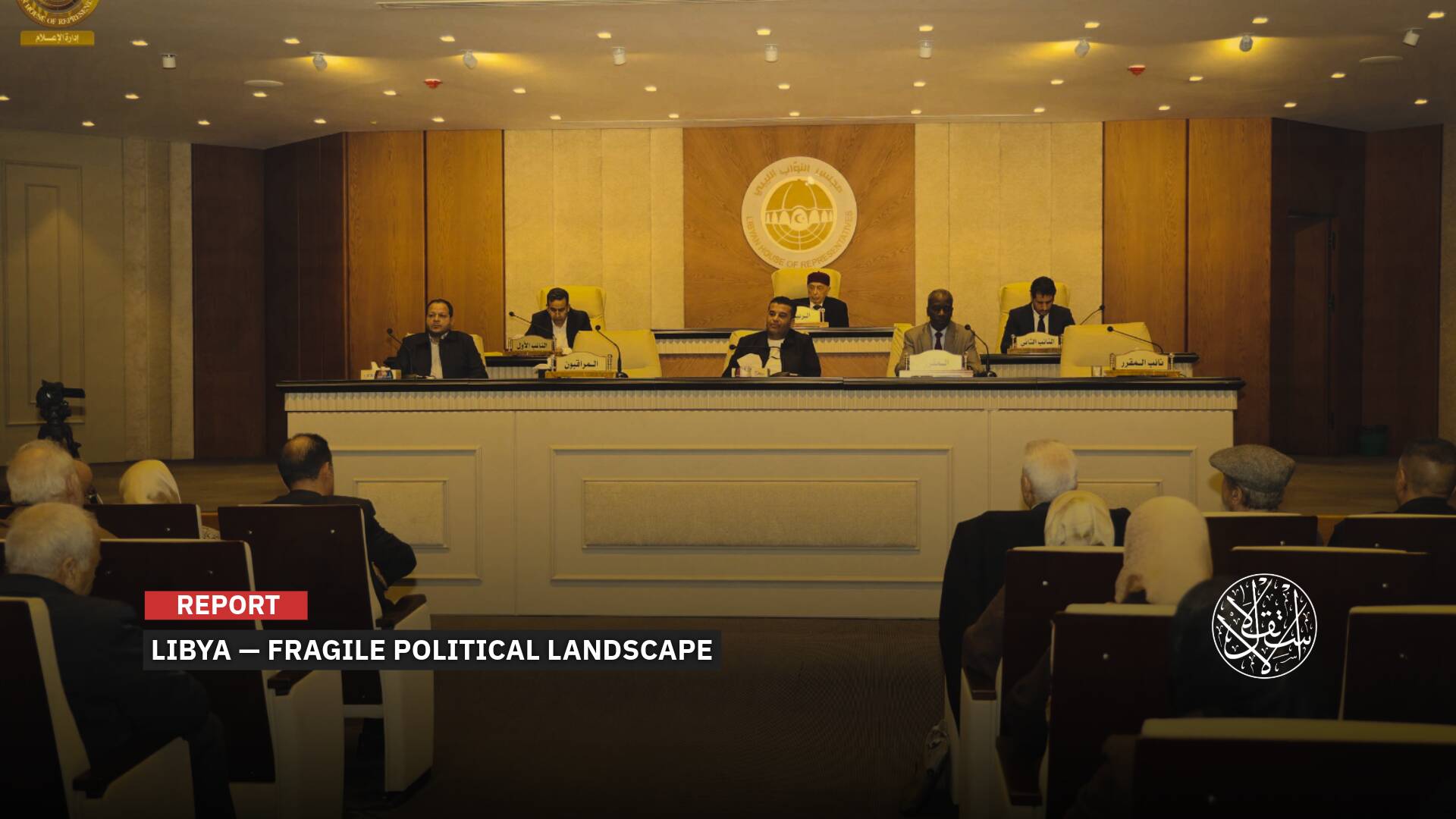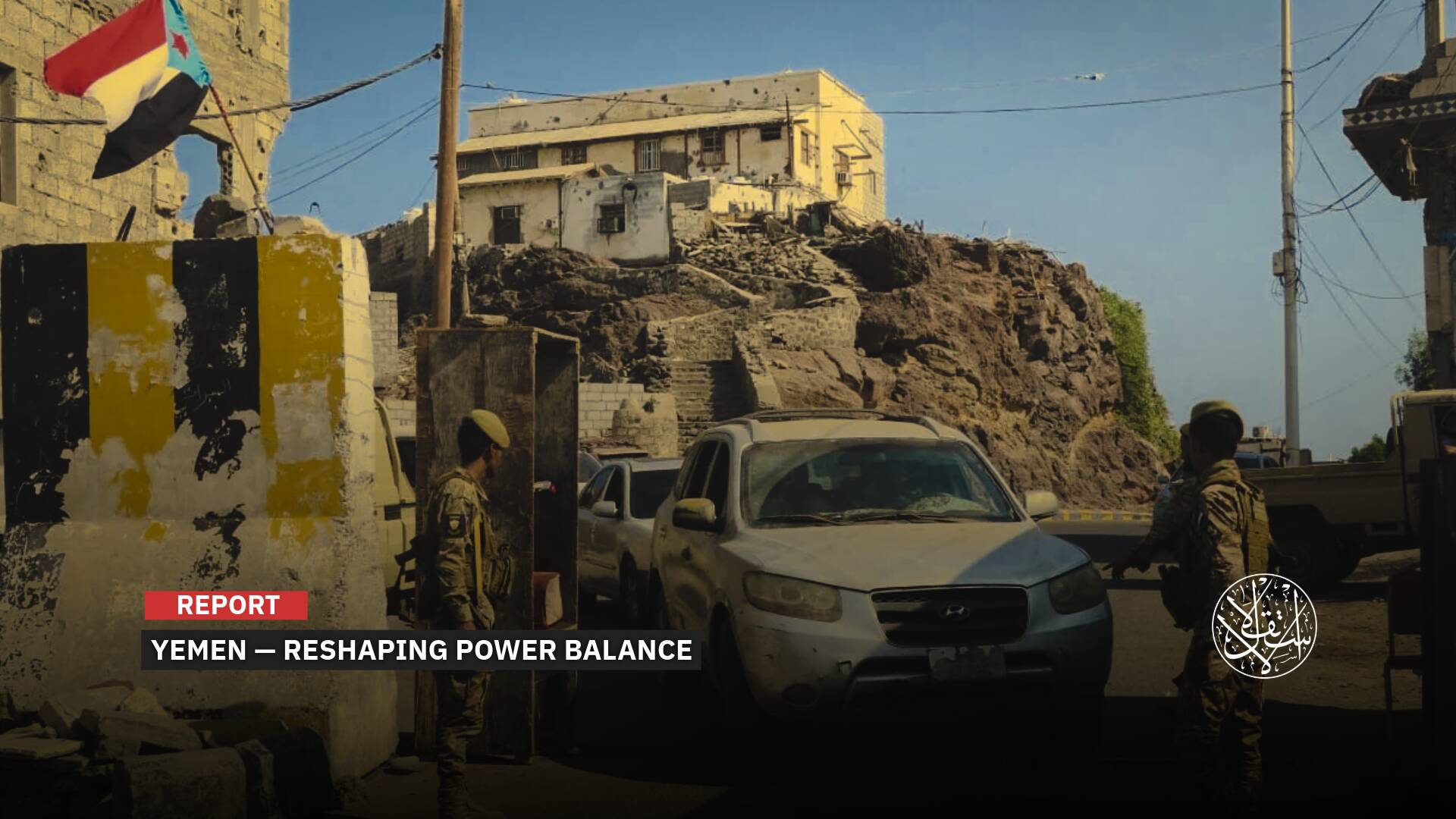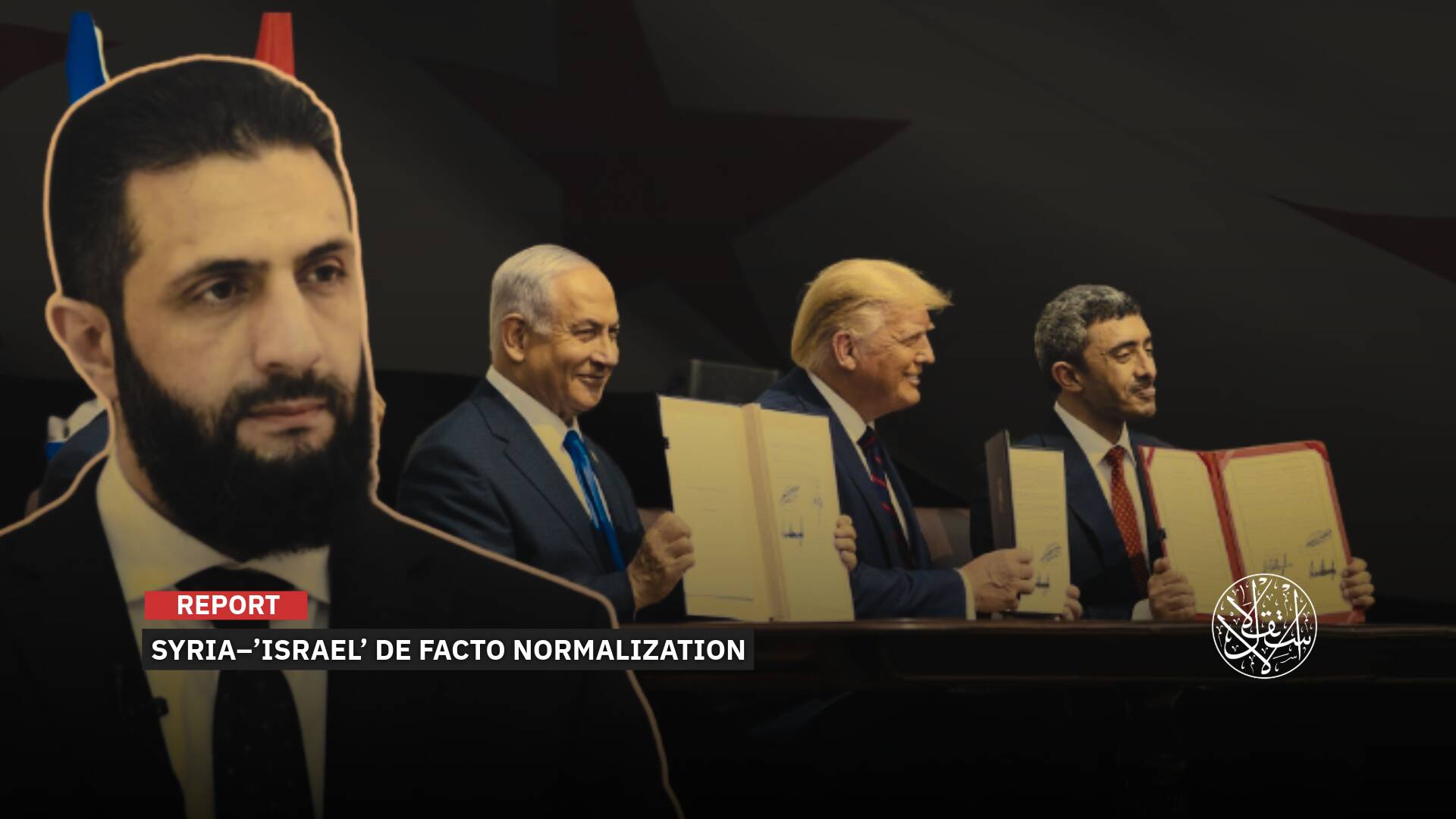What Are the Implications of Leaking Classified U.S. Military Documents on the Ukraine War?

As soon as one front of tension between Russia and the United States subsides, another flares up, making the relations between the two countries more like a ticking bomb waiting for someone to defuse it.
The last of these fronts was the leaking of top-secret documents, including a partial glimpse of the war in Ukraine dating back to late February and early March, showing images of plans for the delivery of weapons expected in Ukraine, data on the number of troops and battalions, and other plans, which indicates a serious breach of Washington’s plans in efforts to help Kyiv.
Military analysts said the documents appear to have been modified in parts from the original version, exaggerating the number of Ukrainian deaths and underestimating the number of Russian deaths. Analysts pointed out that these amendments may indicate an attempt to mislead Moscow.
However, the leaked Pentagon documents revealed the depth of the U.S. penetration of the Russian security and intelligence services, which enables Washington to warn Kyiv about the strikes that Moscow is planning to carry out and assess the strength of the Russian war machine, according to an analysis published by The New York Times on April 8, 2023.
In another context, security analysts indicated that another set of leaked Pentagon documents included sensitive information on China, the military theater in the Indian and Pacific Oceans, and the Middle East, and counter-terrorism operations, which constitutes one of the most serious crimes related to the national security of the United States.
Coming Counteroffensive
The New York Times reported on April 6, 2023, that a new trove of classified documents detailing national security secrets of the United States from Ukraine to the Middle East and China have surfaced on social media, prompting the Pentagon to open an internal investigation.
The leaked documents included details of military plans to strengthen the Ukrainian army, in conjunction with increasing speculation about the offensive that Kyiv and Moscow might try to launch in the second year of the war.
The leaking of such sensitive documents is very unusual, which prompted the Pentagon to demand that social media track and delete all posts that deal with the leaks, which has not happened until now.
The Pentagon declined to comment on the authenticity of the documents, which carry the first group of them circulated on sites such as Twitter and Telegram, dated March 1, 2023, and seals indicating their classification as secret and top secret.
“We are aware of reports of posts on social media, and the department is reviewing the matter,” said Sabrina Singh, a Deputy Pentagon Press Secretary.
Senior officials in the Biden administration said that leaked military documents, which are prohibited from public viewing, detailing plans for the United States and NATO to build up the readiness of the Ukrainian army before a planned attack on Russia, were published this week on social media.
A CIA spokesman said in a statement that the agency is also aware of the postings and is looking into the matter.
In the first official U.S. action, a U.S. Department of Justice spokesperson said, “We are in contact with the Department of Defense regarding this matter, and have launched an investigation. We decline to comment further.”
On his part, Mykhailo Podolyak, advisor to the head of the Ukrainian president’s office, told CNN that he believes “the Russians are behind the alleged leak,” noting that the documents they published are not authentic, have nothing to do with Ukraine’s real plans, and are based on a large amount of fake information.
Meanwhile, three U.S. officials told Reuters that Russia or elements loyal to it are likely to be behind the leaking of many classified U.S. military documents.
On the other hand, some Russian military bloggers are pointing the finger in the other direction, asserting that the documents were leaked by Western intelligence to mislead the Russian commanders before the coming counteroffensive by the Ukrainians.

Genuine Documents or Not?
According to CBS News, one of the published leaked documents stated that between 16,000 and 17,500 Russian soldiers had been killed since the start of the Russian military operation in Ukraine on February 24, 2022; it is much less than the U.S. estimates of 200,000 killed, wounded, or missing, which raises suspicions of tampering with documents in favor of Moscow.
The revised chart also lists an estimate of Ukrainian soldiers killed at 61,000-71,500, up from 16,000-17,500 in an earlier image of the document posted online.
The documents do not provide specific battle plans, nor do they say how, when, or where Ukraine intends to launch its offensive, which U.S. officials say is likely to take place in the next month or so.
Because the documents are five weeks old, they provide a snapshot of what Ukrainian forces might need for the new campaign.
Classified documents leaked caused a reaction from the Pentagon. The #US admin is trying to persuade Twitter & Instagram to delete these documents relating to the #US plans in #Ukraine, deployment of forces, casualties of belligerents, supply of weapons & more v @Spriter99880 pic.twitter.com/JD6UMfNLrc
— Elijah J. Magnier ���� (@ejmalrai) April 7, 2023
However, analysts said parts of the documents appeared authentic and provide Russia with valuable information, such as how quickly the Ukrainians used up munitions used in U.S.-supplied missile systems, weapons delivery schedules, Ukrainian troop numbers, and other military details.
The first batch of documents contains specific information about training schedules for Ukrainian combat brigades and spending rates on the U.S.-supplied HIMARS missile launcher system ahead of the expected spring counteroffensive in Kyiv.
One of the documents includes columns listing Ukrainian forces’ units, equipment, and training, with timelines from January to April.
Another document reveals that there are 12 combat brigades being assembled, nine of which are apparently trained and supplied by the U.S. and other NATO allies.
Among those nine brigades, the documents stated that six will be ready by March 31, and the rest by April 30. Analysts said that the Ukrainian brigade includes between 4,000 and 5,000 soldiers.
The documents said that equipment delivery times would affect training and readiness to meet the schedule, noting that the total equipment needed for nine brigades was more than 250 tanks and more than 350 mechanized vehicles.
One of the documents shed light on government discussions in South Korea and concerns about diverting artillery shells to Washington in order to support Kyiv, according to The New York Times.
CNN revealed that the leaked documents also contain classified information about files on the operations of the Russian military Wagner Group in Africa, and its attempt to obtain weapons from a NATO ally for use against Ukraine, in addition to Israeli attempts to provide military support to Ukraine.
Other documents revealed the types of satellite imagery the U.S. uses to track Russian forces, including advanced technology that has barely been publicly identified.
Intelligence reports from among the leaked group reflected the geopolitical repercussions of the war in Ukraine.
A summary of the analysis from The World Intelligence Review warned that a Ukrainian counteroffensive against Russia using weapons provided by the U.S. or NATO could show China that Washington was directly responsible for the escalation of the conflict and provide a potential justification for China to arm Russia.

Secret Pentagon Files
The publication of a new trove of classified military documents this week raised the concern of the Pentagon and increased the confusion of the Biden administration, which was surprised by the matter and the size of the leak.
U.S. analysts said that the leak might amount to more than 100 documents, some of which contain sensitive and highly classified information, which constitutes great harm to U.S. national security and perhaps to U.S. allies.
Despite the Department of Justice having launched an investigation into the leaks, along with efforts by the Department of Defense to reveal the identity of the leaker, a senior intelligence official told The New York Times that “the leak represents a nightmare for the Five Eyes,” referring to the U.S., the UK, Australia, New Zealand and Canada, which have been sharing intelligence with each other extensively for decades.
It is noteworthy that one of the documents dated February 23 is titled Confidential and should not be shared with foreign countries, but it appeared on social media along with other documents.
Documents emerging from what appear to be multiple agency reports also relate to matters other than Ukraine. Two pages, for example, include information from the CIA on events related to Russia, Hungary, and Iran.
It is noteworthy that the leak is the first Russian intelligence breach to be announced since the start of the Ukraine war in February 2022.

In another context, the leaked U.S. military documents showed the depth of penetration of the U.S. intelligence services into their Russian counterparts, explaining Washington’s ability to provide Kyiv with dates and targets for Russian strikes, in addition to providing advice on how to defend the logistical support centers for its forces, and a periodic assessment of Russian military equipment on the battlefield.
Such intelligence, provided by the U.S., allowed the Ukrainians to target Russian forces, kill top Generals, and force ammunition supplies to be moved away from the Russian front lines, despite U.S. officials saying Ukraine played the decisive role in planning and carrying out those strikes.
The leaked documents also indicated that Washington penetrates senior leaders in Ukraine, spying on senior military and political leaders.
The leaks also revealed a U.S. assessment of the Ukrainian military, which classified documents described as in dire straits due to an acute shortage of ammunition.
Early on during the war, according to U.S. and European officials, Ukrainian officials were reluctant to share their combat plans with the U.S. for fear of highlighting their vulnerabilities, and thus prompted Washington to stop the continued military support, but cooperation between the two parties has become strong since last fall.
Jonathan Teubner, CEO of Filter Labs, an artificial intelligence company that tracks messages in Russia, said: “While pro-Kremlin voices said the leak was a U.S. or Ukrainian disinformation campaign, analysts believe it could be a Russian operation aimed at sowing mistrust between Washington and Kyiv.”
It is expected that the disclosure and leakage of documents around the world will affect the nature of U.S.–Ukrainian security cooperation and the mechanism for future exchange of information between the two countries.

The New York Times warned that the recent leak had the potential to cause real damage to the Ukrainian war effort and give Moscow a potential opportunity to cut off U.S. sources of information.
The leak has already complicated relations with allied countries and raised doubts about Washington’s ability to keep its secrets.
After reviewing the documents, a senior Western intelligence official said the release of the documents was painful and suggested it could limit intelligence sharing between allies in the future.
The official stated that for different agencies to exchange information requires confidence and assurances that some sensitive information will remain confidential.
The leaked documents may also harm diplomatic relations in other ways, especially since newly disclosed intelligence documents show that the U.S. is not only spying on Russia, but also on its allies.
In addition to making such espionage public, it always hinders U.S. relations with its key partners.











